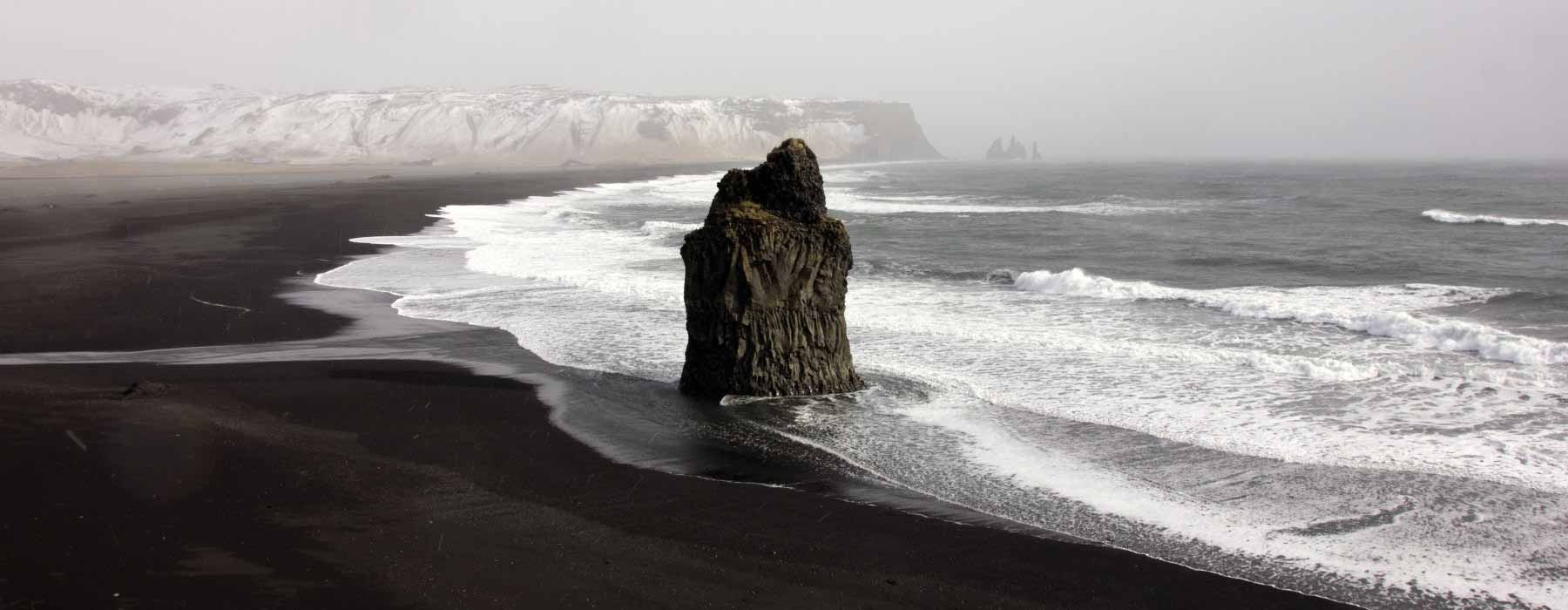January
February
March
April
May
June
July
August
September
October
November
December
Iceland has a cold oceanic climate along its coastline, and a tundra climate inland as well as at altitude. Located south of the Arctic Circle, the island's climate in general is not so extreme, thanks mainly to the tempering effect of the Gulf Stream. The extreme cold is therefore kept at bay, but the island's climate is famously variable. Unlike other places in the world, Iceland doesn't experience four seasons, but rather just the two main seasons of summer and winter. So read on for our advice on the best time to visit Iceland.
Freezing Winters
Winter in Iceland is marked by negative temperatures and a very cold climate, especially in the northern part. Temperatures of around -25°C to -30°C are common in the northern part of the island. Inland, and in the Highlands, temperatures are milder but still below zero, regularly reaching -10°C. Meanwhile, the plains of southern Iceland have the mildest winter climate, with averages of 0°C. During the winter months, night-time dominates, with very little sunshine apparent from November to February.
Mild Summers
Although people associate Iceland with snow and cold temperatures, the island's summers have relatively pleasant weather. The southern part of the island has average maximum summer temperatures close to 12° to 13°C, especially in the warmest month of July. When the wind gets calmer and the sun is at its peak, a good summer's day can see the mercury rise to 20°C to 25°C. If you’re after round-the-clock fun, summer is by far the best time to visit Iceland, as it almost never gets dark. This phenomenon is most pronounced in June and July, when the island has a very special kind of light that blurs any distinctions between day and night - all thanks to its latitude.
Watch Out for the Wind
A key element of Iceland's weather is the wind. Coming from the west, the winds are present all year round, particularly at the beginning of the summer period from May to June. Sandstorms can also occur as a result of strong glacial winds from the west. The arid regions of the north, particularly those close to the Vatnajokull glacier, get the full force of this westerly wind. Easterly winds blowing towards Iceland are much rarer. Southern Iceland is known to experience a few gales and thunderstorms in late summer, too. So, if you have a windbreaker and an unflappable coat at the ready then this is undoubtedly one of the best times to visit Iceland.
A Changing Climate
The climate in Iceland is very variable, over the course of a week, and even a day. While the average summer temperature is close to 12°C, the mercury has been known to reach above 20°C. The influence of the winds, the different terrains and the country's latitude all come together to create a mix that's sometimes very difficult to predict. It's worth noting that Iceland's east coast is generally much sunnier than its west coast.
The Midnight Sun and the Northern Lights
There are two phenomena specific to Iceland's latitude which are reasons in themselves to visit the island. The first takes place in summer and is called the Midnight Sun. This is the moment when the sun begins its descent below the horizon, but doesn't disappear and instead returns to the sky. The second, more well-known phenomenon, is the Northern Lights, when colourful swirls form in the night sky, with green the predominant colour.



